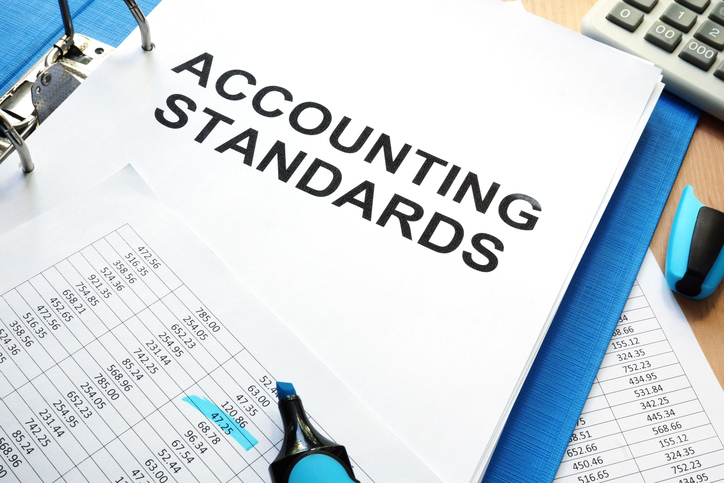
By Jason Terrell
This year will prove to be a pivotal year for some churches, thanks to more stringent reporting standards published in 2016 for the Generally Accepted Accounting Principles (GAAP). These standards will be effective for calendar year 2018 and beyond.
Who is affected?
Ministries affected by these new reporting standards include churches or non-profits who report back to donors or a board in regards to their program expenditures or disbursement of programs.
If your church has a financial statement audit, review or compilation — or if you have a loan or are going to borrow money in large amounts — there is good chance this will impact you.
Why the change?
According to the FASB document detailing the changes, the Not-for-Profit Advisory Committee (NAC) indicated that improvements made in reporting would help provide “more useful information to donors, grantors, creditors and other users of financial statements.”
What is involved?

To put it simply, churches who fall under these reporting requirements are being asked to provide additional reporting around all expenditures as it relates to programs and administrative functions.
Exact details of the new reporting standards can be found in the document Not-for-Profit Entities (Topic 958) Presentation of Financial Statements of Not-for-Profit Entities (ASU 2016-14) available on the FASB website. According to San Diego accounting firm Thomas Huckabee, Inc., three of the most important changes include:
- A simplification of the net asset classes: Net assets without donor restrictions and net assets with donor restrictions
- A revamp to the financial statement around reporting cash flow, liquidity and financial performance
- More rigid regulation of a company’s easily accessible cash with reporting that includes a narrative describing how funds to support daily needs are generated and numerical details which provide insight into available liquid assets use to afford basic expenses.
While many of the ministries affected by these changes might have already made the proper adjustments to their reporting to meet the new standards, those who haven’t might find themselves faced with a much larger bill from their auditing firm to compensate for bringing their accounting up to standard.
If your ministry hasn’t made significant changes in its reporting to compensate, time is running out to get those changes in place.
What can we do to make compliance easier?
Contact your auditing firm as soon as possible to arrange for a review of your accounting standards.
Also, check to see if your accounting software has a reporting solution that might help. For example, the development team for ShelbyFinancials will roll out a Statement of Functional Expenses report this fall designed to help churches and non-profits group expenses by both functional classification and natural classifications as required by ASU 2016-14 so that they can be in compliance with the new GAAP requirements.
ShelbyFinancials product owner and former pastor Alfred Johnson spotted the changes in reporting requirements early and moved quickly to include this new statement in a release of ShelbyFinancials due out before the end of the year.
“We knew these changes would have a significant impact on a number of our users,” Johnson says. “Giving them a tool that can make reporting easier and audits smoother was our top priority.”
Jason Terrell is the Marketing Manager for FellowshipOne, which provides such church management solutions as FellowshipOne GO and FellowshipOne Premier, as well as the industry-standard financial solution, ShelbyFinancials.


